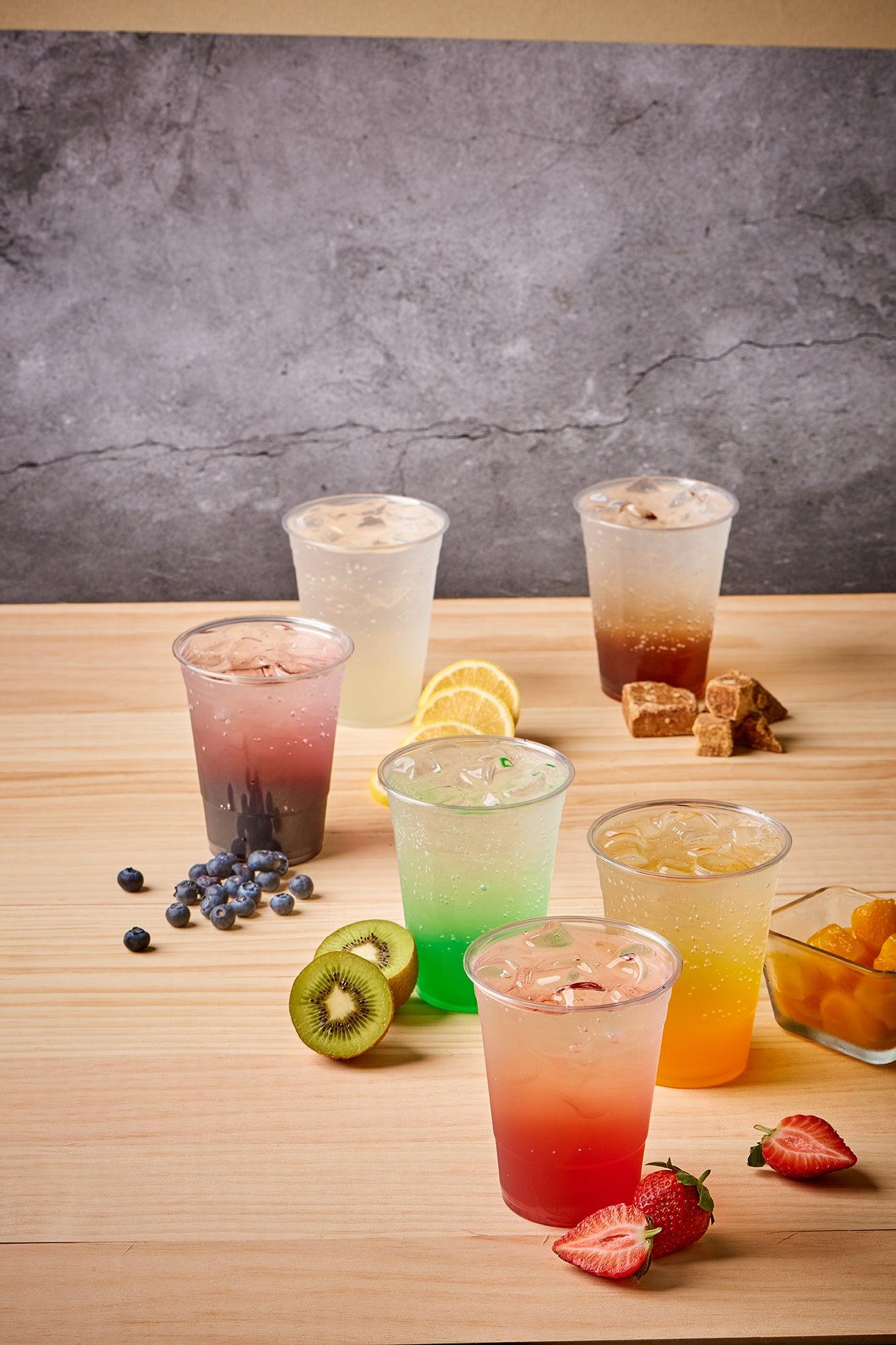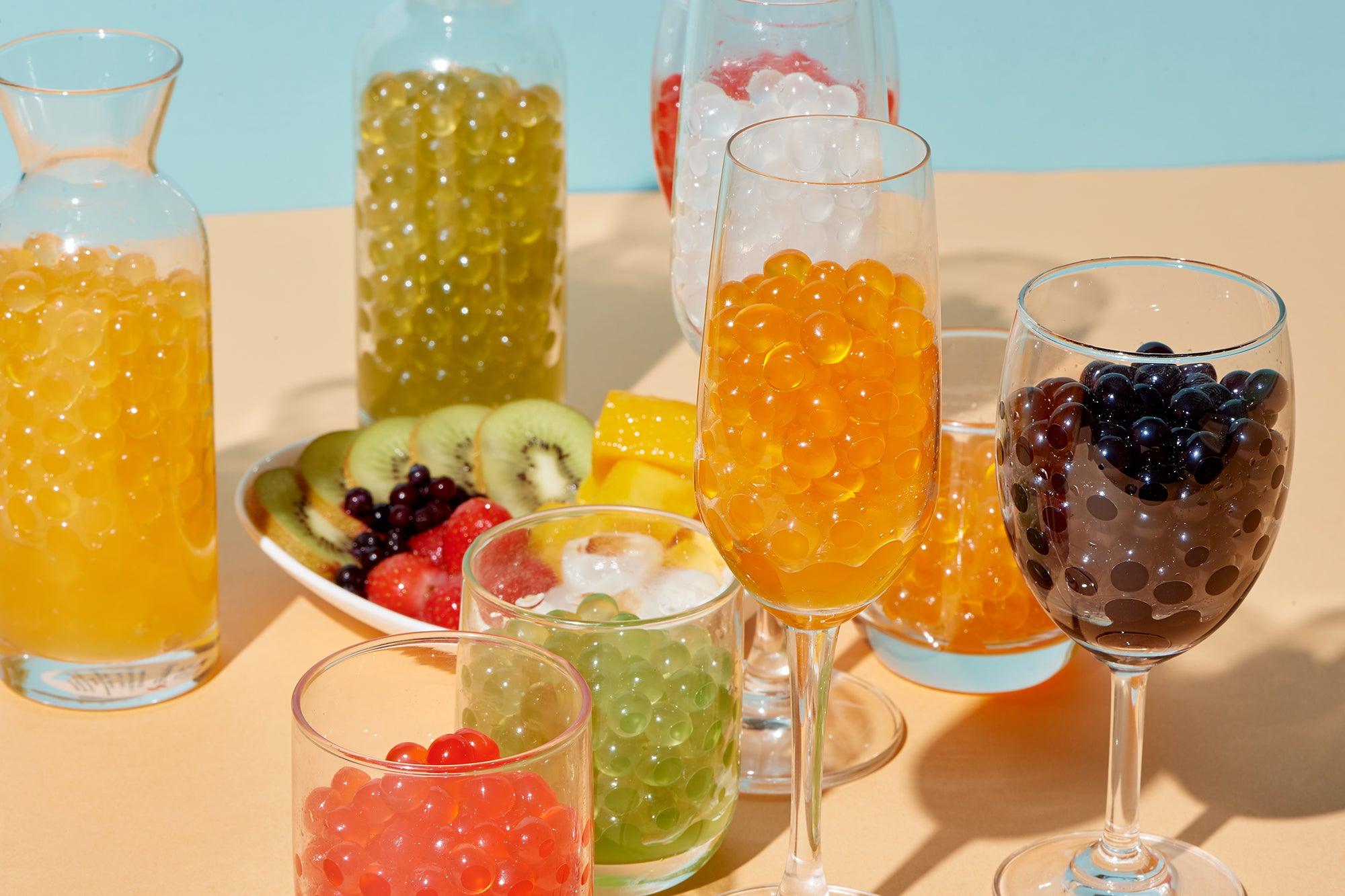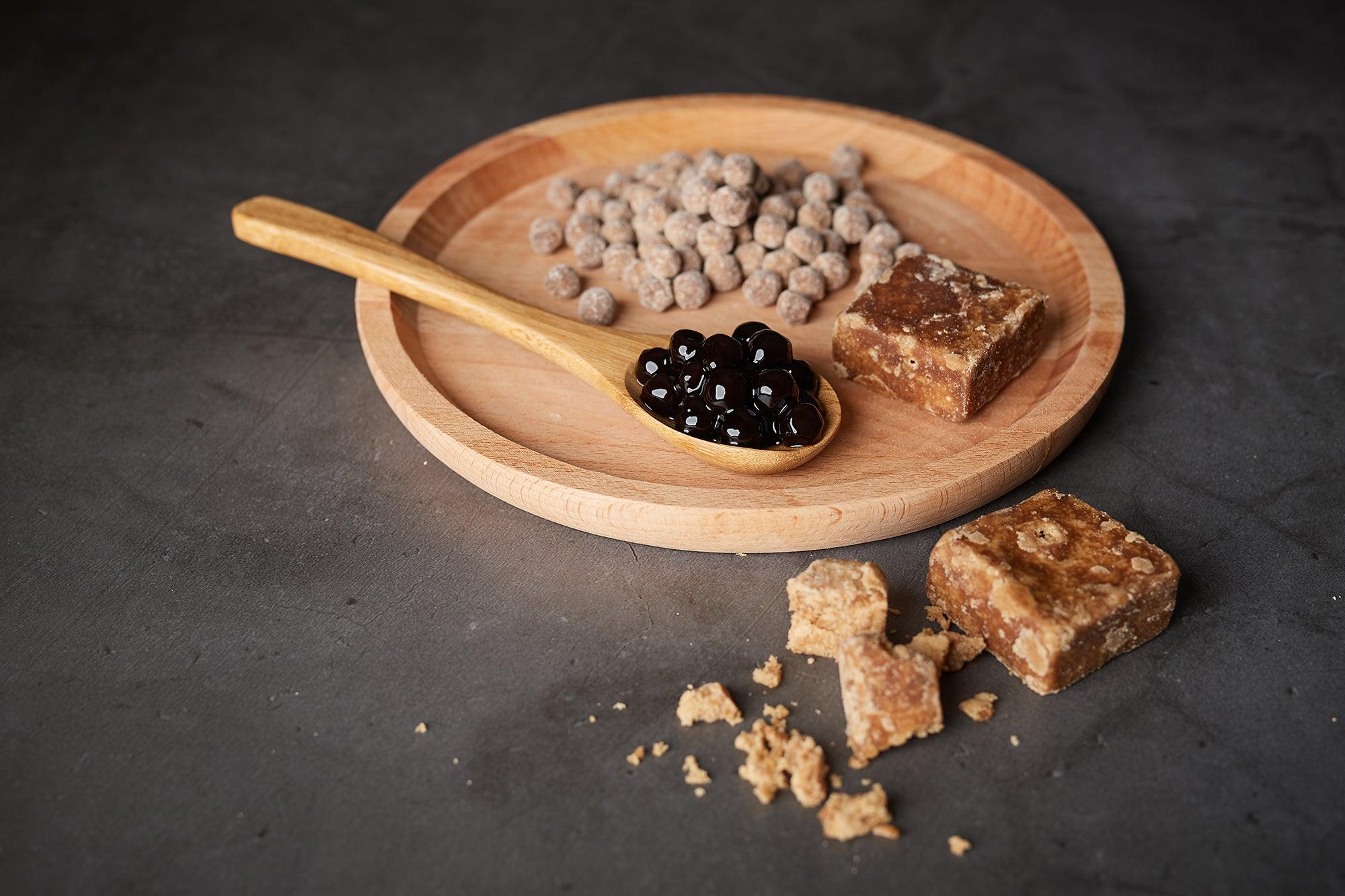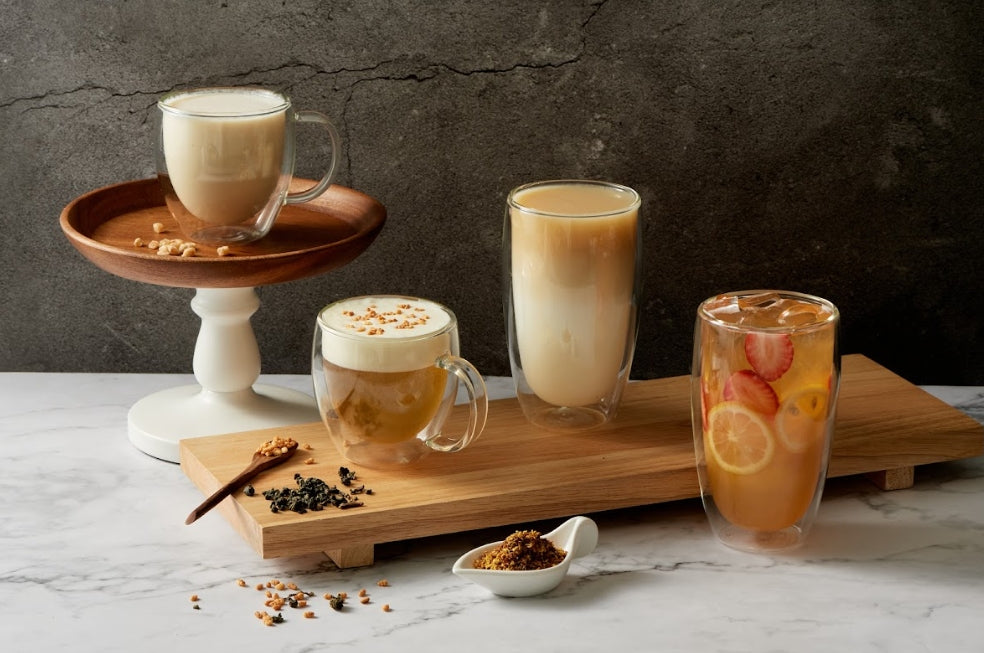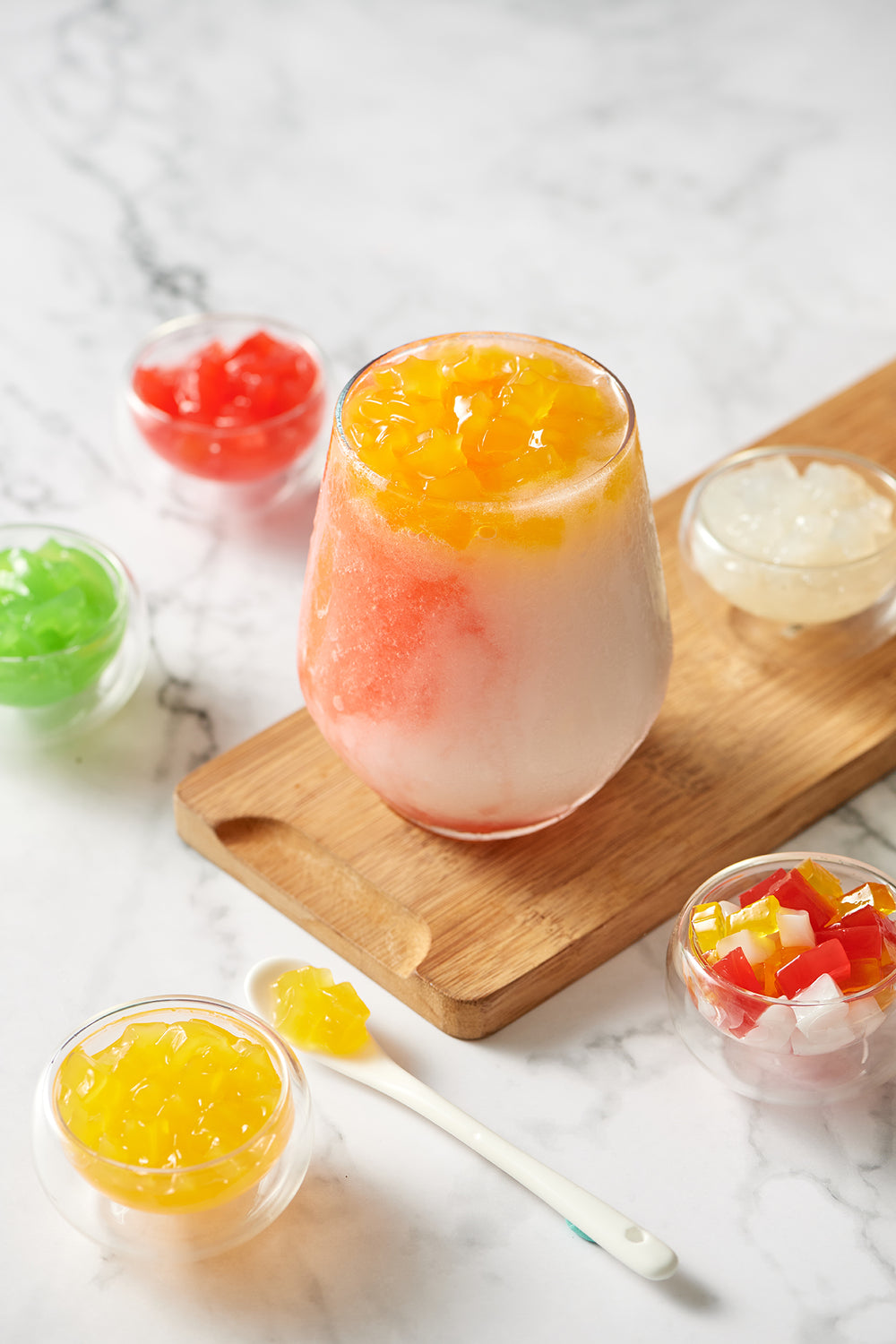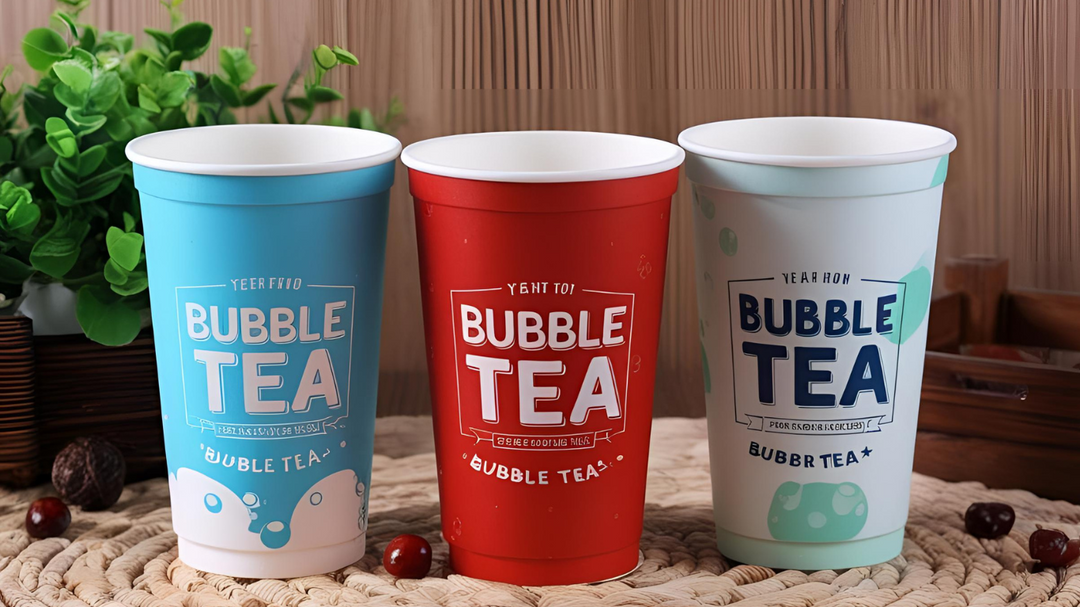Why Gen Z is Choosing Bubble Tea Over Standard Drinks
In the ever-evolving world of beverages, one trend has captured the hearts of Gen Z: bubble tea. Once a niche drink primarily found in Asian communities, bubble tea has become a global sensation, especially among the younger generation. This shift in preference from traditional drinks like coffee, soda, and juices to the colorful, customizable world of bubble tea speaks volumes about the tastes and values of Gen Z.
The Bubble Tea Boom
Bubble tea, also known as boba tea, originated in Taiwan in the 1980s. It typically consists of tea (black, green, or oolong) mixed with milk or fruit, sweetened, and served with chewy tapioca pearls or other toppings like fruit jellies. What sets bubble tea apart is its endless customization options, allowing drinkers to choose the type of tea, level of sweetness, type of milk, and an array of toppings. This personalization is one of the main reasons for its appeal to Gen Z.
Personalization and Customization
Gen Z values individuality and personalization in their consumer choices. Bubble tea shops offer a unique experience where customers can tailor their drinks to their exact preferences, reflecting their personalities and tastes. This level of customization is not as readily available with standard drinks, making bubble tea a more attractive option for a generation that prides itself on uniqueness and self-expression.
The Experience and Aesthetic
Beyond the drink itself, the experience of getting bubble tea is a major draw for Gen Z. Bubble tea shops often have a trendy, Instagrammable aesthetic that appeals to young consumers. The visual appeal of bubble tea, with its vibrant colors and fun, photogenic presentation, makes it a perfect subject for social media. Sharing a picture of a beautifully crafted bubble tea drink can garner likes and comments, adding a social element to the experience.
Health-Conscious Choices
While bubble tea can be indulgent, it also offers health-conscious options that align with Gen Z's preference for healthier lifestyles. Many shops now provide choices like organic teas, plant-based milks, and natural sweeteners. Additionally, the ability to control sugar levels and select from various toppings allows consumers to make choices that fit their dietary preferences and health goals.
Community and Cultural Exploration
Gen Z is more culturally aware and open to exploring diverse traditions and cuisines than previous generations. Bubble tea, with its Asian roots, offers an opportunity to connect with and appreciate a different culture. For many, drinking bubble tea is not just about the taste, but also about participating in a global cultural trend, expanding their horizons, and showing solidarity with Asian communities.
Convenience and Accessibility
Bubble tea shops have proliferated in urban areas and even some suburban locations, making it a convenient option for Gen Z. The rise of delivery apps has also made bubble tea more accessible than ever, allowing fans to enjoy their favorite drinks without leaving their homes. This convenience is a significant factor for a generation accustomed to having everything at their fingertips.
The Role of Social Media
Social media has played a crucial role in the rise of bubble tea among Gen Z. Platforms like Instagram, TikTok, and Snapchat are filled with content showcasing the latest bubble tea trends, recipes, and shop reviews. Influencers and celebrities endorsing bubble tea have also contributed to its popularity. The viral nature of bubble tea content creates a constant buzz and keeps it in the public eye, encouraging more people to try it.
Conclusion
The shift from standard drinks to bubble tea among Gen Z is a fascinating phenomenon driven by a desire for personalization, aesthetic appeal, health-conscious choices, cultural exploration, and the influence of social media. Bubble tea offers a unique and engaging experience that resonates with the values and lifestyle of the younger generation. As bubble tea continues to evolve and innovate, it’s clear that its popularity is more than just a passing trend—it's a reflection of Gen Z's dynamic and diverse tastes.


